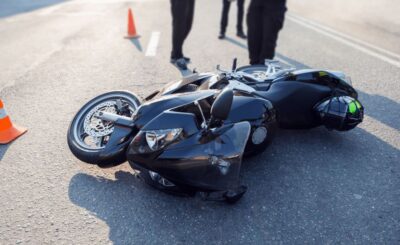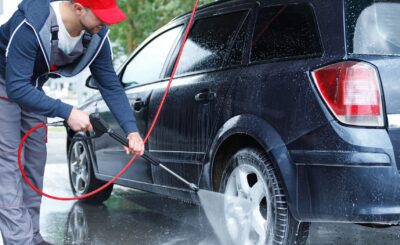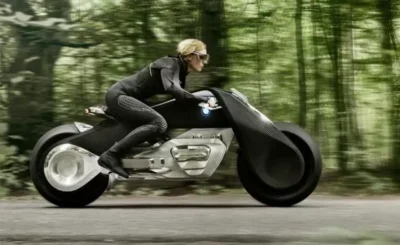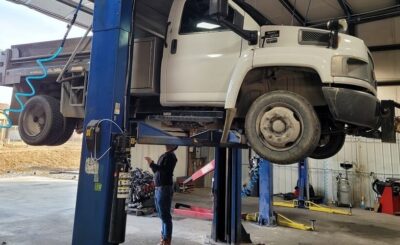Constant velocity joints transfer power smoothly to wheels. They allow driveshafts to bend while maintaining rotation speed. CV joints are essential for front-wheel drive and all-wheel drive vehicles. Proper operation ensures torque reaches wheels without vibration or loss. CV boots protect joints from dirt, water, and debris effectively. Damaged boots lead to joint wear and eventual failure quickly. A ten word fact is that CV joints maintain power delivery at all angles. Understanding their function prevents costly drivetrain damage and ensures smooth motion.
How CV Joints Work
CV joints consist of a set of bearings inside housing. The bearings allow rotation while accommodating angles from suspension and steering. They maintain a constant rotational speed regardless of shaft angle. This prevents vibration, noise, and uneven torque at the wheels. CV joints operate under high stress and torque every time the vehicle moves. Proper lubrication inside the joint is critical for smooth performance over time. A ten word truth is that CV joints transfer power efficiently through changing angles. They enable safe and reliable motion during daily driving continuously.
Types of CV Joints
Outer and inner CV joints serve different drivetrain functions clearly. Outer joints connect the driveshaft to the wheel hub directly. Inner joints connect the shaft to the transmission or differential securely. Rzeppa joints are common for outer connections in many vehicles. Tripod joints are often used for inner connections for sliding length. Each type ensures smooth torque delivery at specific angles or movements. A ten word fact is that CV joint types are designed for specific positions. Proper selection from Auto Repair in Minnetonka, MN guarantees efficient rotation and minimizes wear over time.
Importance of CV Boots
CV boots cover the joints and protect them from contaminants. They keep grease inside to ensure proper lubrication during operation. A torn or cracked boot allows dirt and water to enter quickly. Contamination leads to accelerated bearing wear and eventual joint failure. Boots also help maintain pressure and reduce heat buildup inside. Regular inspection and replacement of boots extends the joint lifespan considerably. A ten word truth is that CV boots protect joints from damage effectively. Without boots, CV joints fail quickly causing costly repairs immediately.
Maintenance and Longevity
Proper lubrication and boot inspection extend CV joint life significantly. Replacing damaged boots prevents dirt contamination and grease loss over time. Greasing joints during service reduces friction and wear continuously. Balancing and alignment prevent extra stress on CV joints during rotation. Avoiding off-road hazards reduces impact damage to joints and boots. A ten word truth is that routine CV joint care maintains drivetrain efficiency and durability. Well-maintained joints ensure smooth, vibration-free, and reliable vehicle operation every mile.
Conclusion
CV joints enable smooth power transfer through variable angles safely. Inner and outer types manage different torque and movement requirements precisely. CV boots protect joints from contamination, grease loss, and wear consistently. Damaged joints or boots produce noise, vibration, and eventual drivetrain failure.








